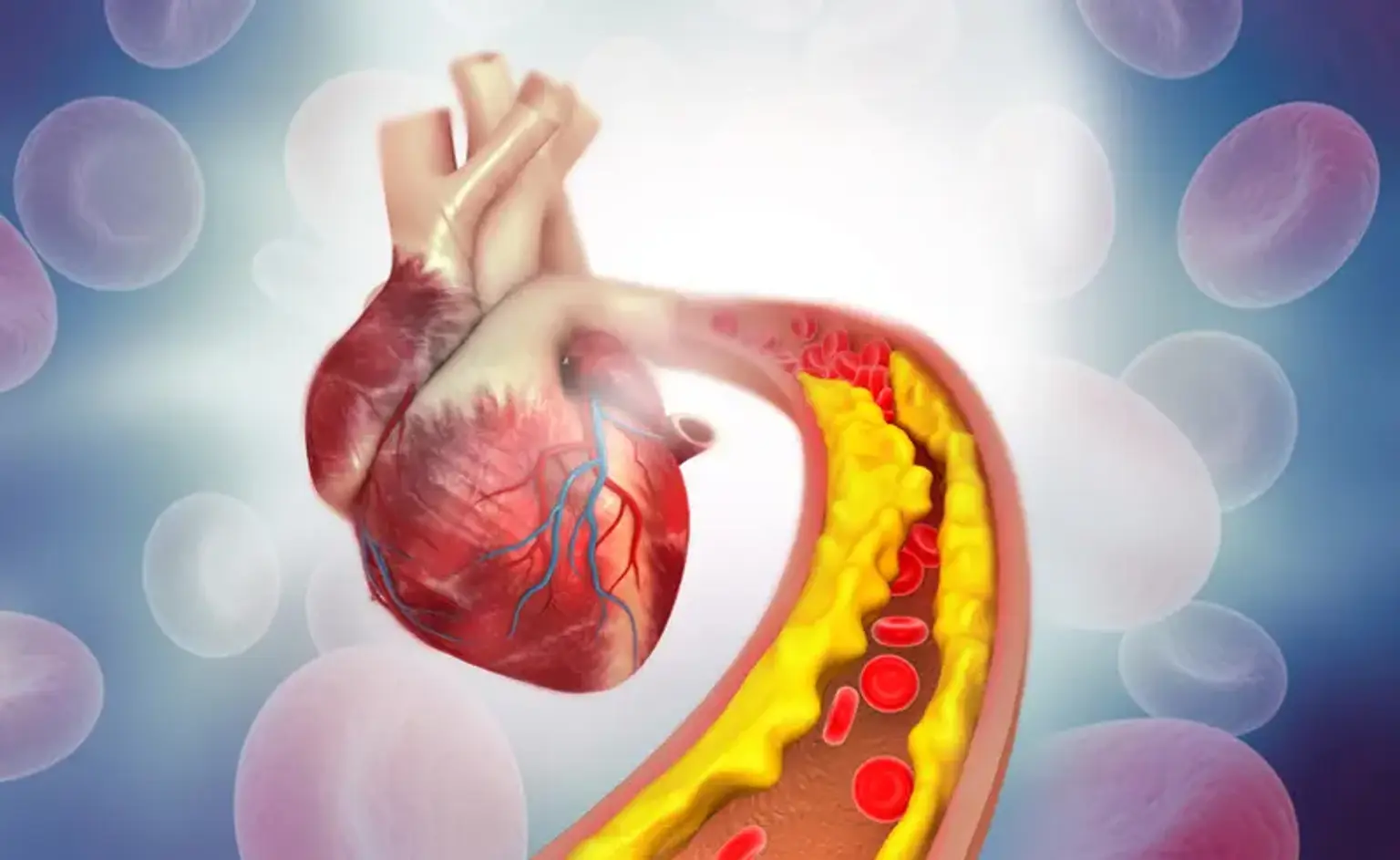We've all heard stories about cholesterol. Not only is it a subject tackled on the media platforms, but it also appears in many of our daily conversations. How many of the rumors are confirmed in the long run?
Cholesterol is a fatty substance found in the majority of body tissues. You might know its definition from chemistry or biology: a sterol, which is an organic molecule having the structure of a lipid. Produced by the liver and present in each cell of our bodies, cholesterol undoubtedly has many functions to sustain. Being a compound synthesized not only by humans but also by all animal cells, it helps to maintain the integrity and fluidity of the membranes. Just imagine what essential nutrient cholesterol truly is if he makes up for nearly 30 percent of animal cell membranes!
However, it doesn't act solely on its own. It is a component of the lipid bi-layer (what surrounds all animal cells), alongside membrane proteins and phospholipids(triglycerides). Only by being part of this can it interact with other fatty-acid chains and consequently facilitate intracellular transport and cell signaling.
Concerning steroid hormones, cholesterol precedes the synthesis of vitamin D, bile acids, and the much-known adrenaline-generators-cortisol and aldosterone. In addition, it influences the sexual hormones: progesterone, testosterone and estrogen.
